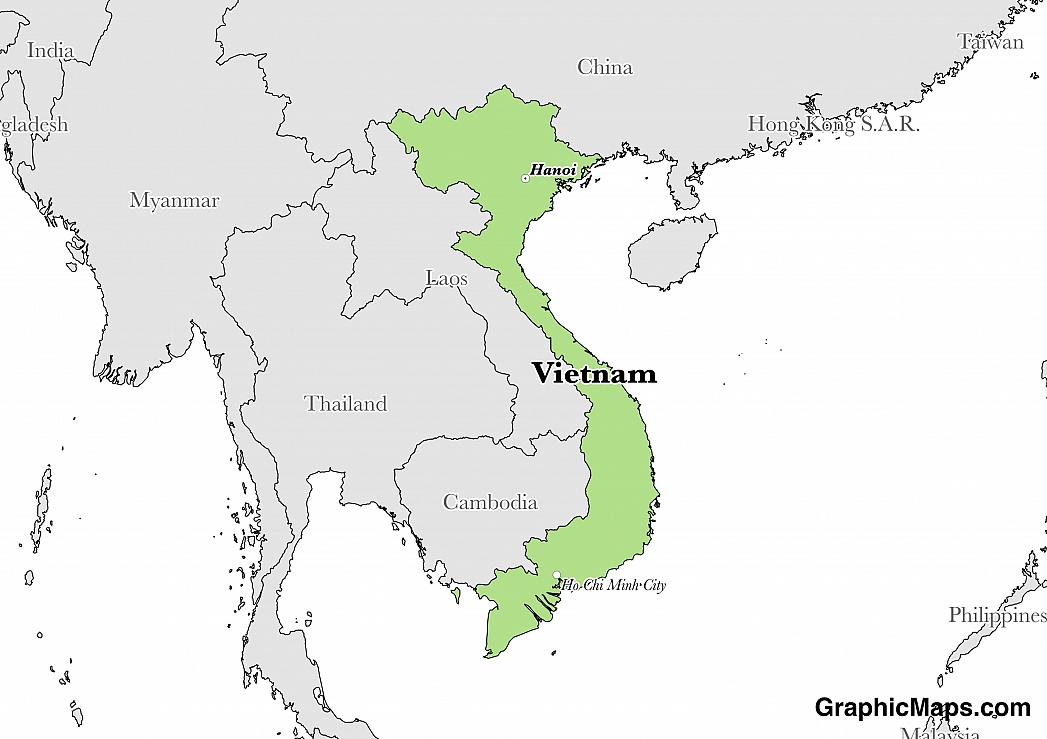The Vietnamese political system can be defined as a one-party socialist republic in which the President of the country is the head of state, and the Prime Minister is the head of government. The one party that is allowed to function in this framework is the Communist Party of Vietnam. The parliament of Vietnam adopted the country's fifth constitution in November of 2013. Legislative power in the nation is vested in the National Assembly of Vietnam.
The President of the country is elected for a five-year term by the National Assembly, and the Prime Minister and Chief Justice are appointed by the President with approval from the National Assembly. Government ministers are appointed by the Prime Minister and approved by the National Assembly. The only direct elections that take place in the country are for the local People's Council who are elected every five years. The individuals on the People's Council then elect a Chairman who represents the council on a national level.
The parliament of Vietnam, known as the National Assembly, is located in the centre of the capital city of Hanoi. The National Assembly is defined by the Constitution of Vietnam as the highest government organization and the highest level of representation of the people of the nation. Out of the 500 seats in the National Assembly, the Communist Party of Vietnam holds 475, and ultimately, the Communist Party of Vietnam has significant influence over the proceedings within this parliament. The earliest version of this type of parliament in Vietnam took place when the National Representatives' Congress first convened on 16 August 1945. The current crop of representatives is known as the 14th National Assembly in the political history if the country.
Only the Communist Party of Vietnam is legally allowed to operate in Vietnam.
This page was last modified on May 1st, 2018
More on Graphicmaps

Published on 2019-11-06
What is a Trade Embargo?

Published on 2019-11-04
Which Two Countries Used to Have the Same Flag?

Published on 2019-09-16
What Is the Only Two-Sided State Flag?

Published on 2019-09-16
Which Country Flag Looks Like the Texas Flag?

Published on 2019-08-29
Flags That Resemble the US Flag

Published on 2019-08-20
